How to Plan Your Garden in the Winter
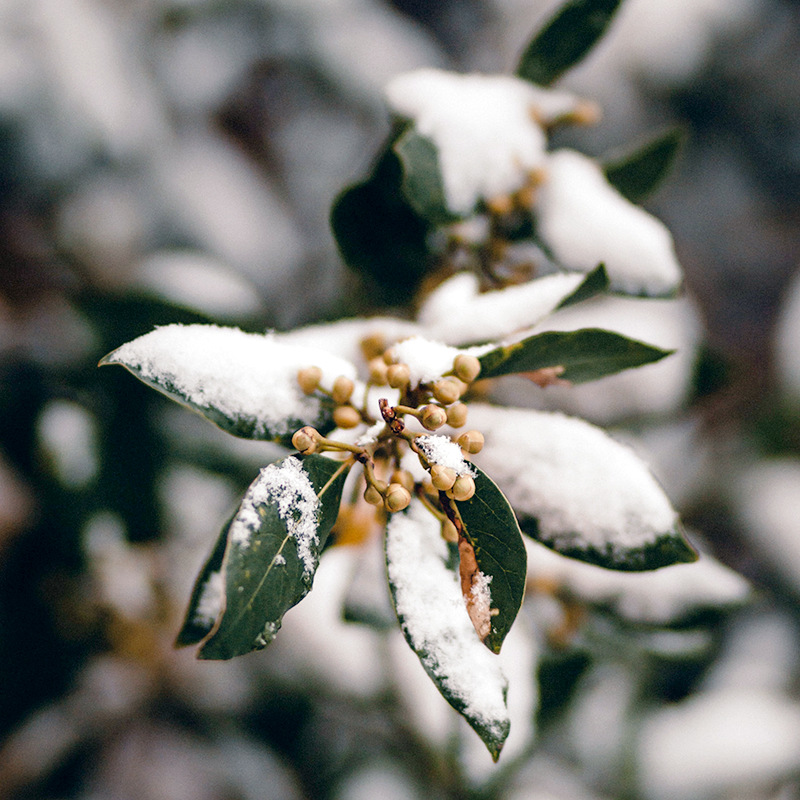
Photo by Tolga Ahmetler via Unsplash.
Winter is a time of reflection, imagination, and regeneration so the Earth can be rebirthed in the spring. Thus, winter is a time for garden planning. Although this might sound too early, it is essential if you are going to start from seed!
1. Read + Reflect
During this time of regeneration, we can reflect on the past and let the ideas of our future cultivate in our minds. Read about plant varieties and decide which ones you would like to grow in the upcoming season. Your growing zone (see photo below), spacing, maturity size, sun and water requirements are all things to consider. If you haven’t already, request a seed catalog from your preferred seed supplier or peruse their online stock.
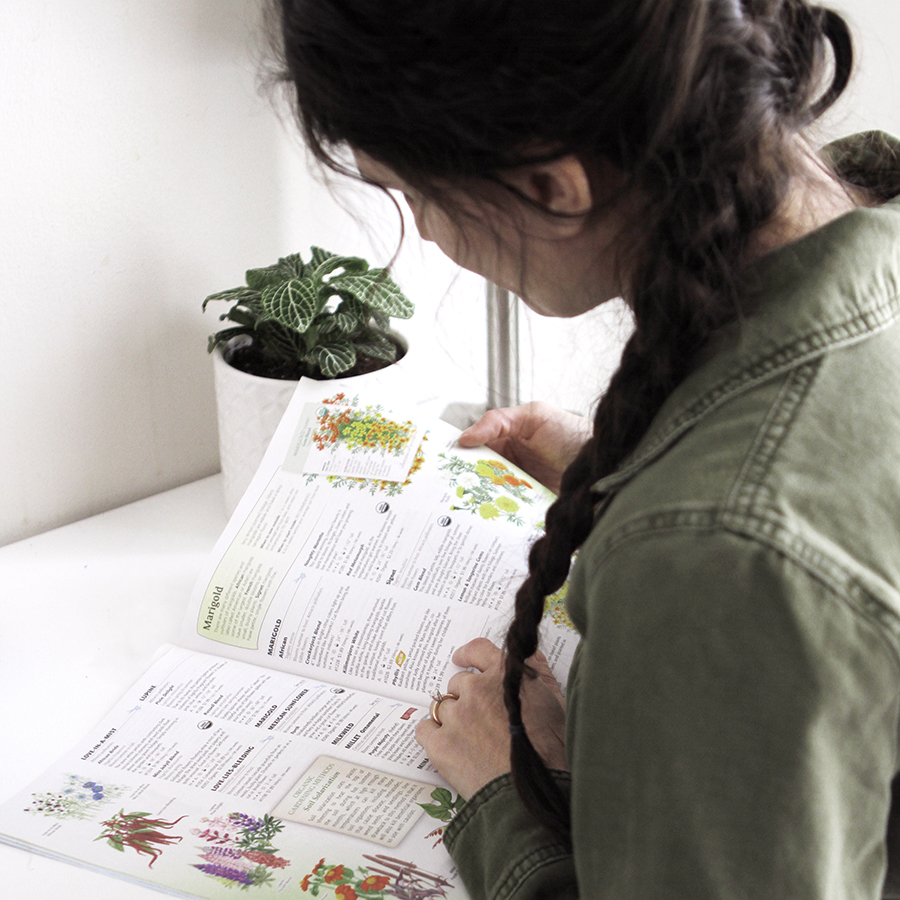
USDA Growing Zones
Affiliate Disclaimer
This website is supported by its audience and contains affiliate links. An affiliate link means I may earn advertising or referral fees at no extra cost to you if you make a purchase through these links. (read more)
2. Set Intentions
Our imaginations are at work making it a great time to commit or re-commit to your goals. Think about your vision for next season’s garden. Maybe you want to start composting or focus on attracting more wildlife. Maybe you want to create a cut garden or an irrigation system. Maybe you simply want to plant more tomatoes. Conceptualize your garden, or make a rough draft, so you can determine what you have space for and which seeds you will need to purchase.
Document your ideas in a garden journal. This is a useful tool to track plans, important dates, previous season’s crops, and pest problems/solutions. Create your own journal digitally (Excel is a great tracking tool) or by hand. This garden Journal from Etsy is a wonderful option for both amateurs and experts alike. It’s even compostable!
3. Gather Seeds
Purchase your seeds by early February to ensure you are prepared to start seeds indoors by mid-February or early March. Botanical Interests and Native Seeds are my favorite seed suppliers. This is also a good time to order any seed starting supplies you might need like cell trays, seed markers, warming mats, and grow lights. Most of these items can be reused year after year.
RELATED POST: Organic Garden Supply Guide
4. Plan the Garden
Although winter feels like it is still going strong, the season of awakening is the halfway point between the Winter Solstice and Spring Equinox. It symbolizes the promise of spring’s return and the passing of winter as the earth prepares to burst forth in productivity. For centuries growers in the northern hemisphere understood the month of February to mark a significant shift in day length as it relates to plant growth. The growing light brings new beginnings, fresh vision, and sowing new seeds (quite literally!).
While we are in this fresh visionary state we can put forth our plans for the garden in early February. When planning, consider companion planting to make the most of your space. Incorporating certain herbs, flowers, cover crops, and other plants can have a myriad of benefits including pest and disease resistance, weed control, and soil preservation. The rise of monoculture suppressed the concepts of companion planting, but these techniques have been accomplished for centuries by indigenous communities who understand the interrelationship of all species.
RELATED POST: The Art and Secrets of Companion Planting
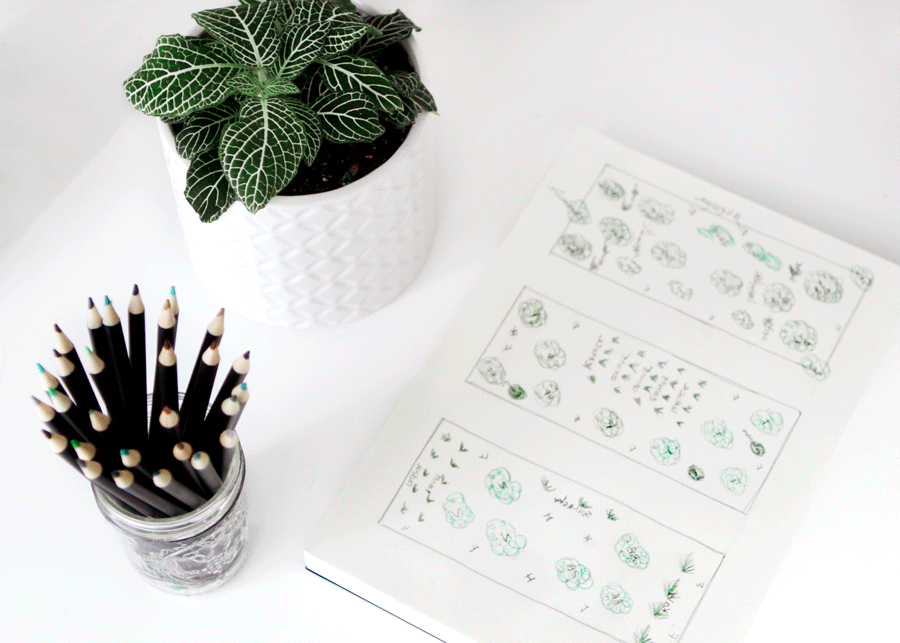
Houseplant: Fittonia (nerve plant)
5. Schedule Sowing Dates
In early February schedule your sowing dates. Determine which seeds need to be started indoors and which seeds can be sown outdoors.
To create a seed starting schedule you need to know the last frost date of your area. This can be found with a simple google search. The back of the seed packet should state the recommended start date. Count however many weeks backward from your last frost date and mark your schedule. The packet should also give appropriate information on how to start the seeds. Some seeds need to go through scarification (cracking the hard outer shell) or stratification (fooled into believing they’ve been through winter) before planting.
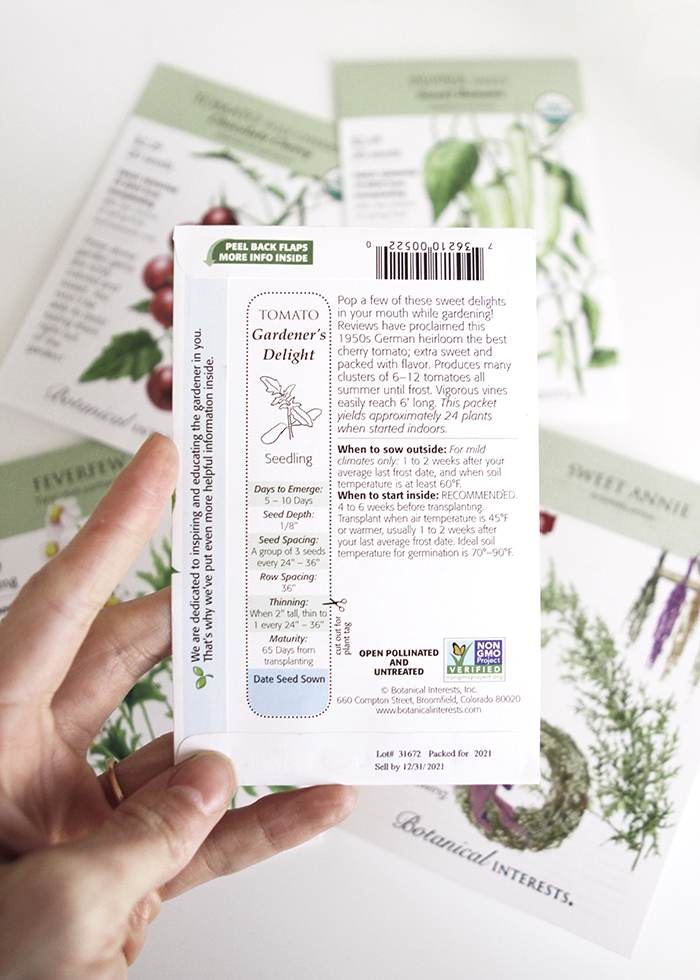
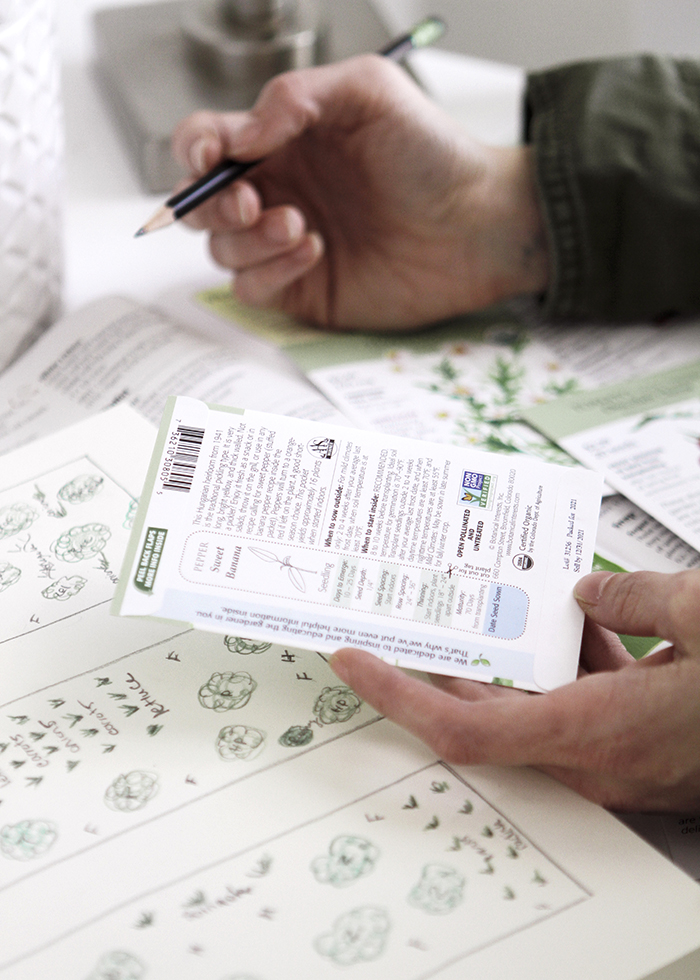
By mid-late February or early-mid March (this depends on your last frost date) it is time to start sowing your seeds. Your plans are coming to life, as is the land that has laid dormant for months. Savor this time as you witness the promise of light and rebirth ensue.
Seed Starting Guide Coming Soon!
exit the matrix.

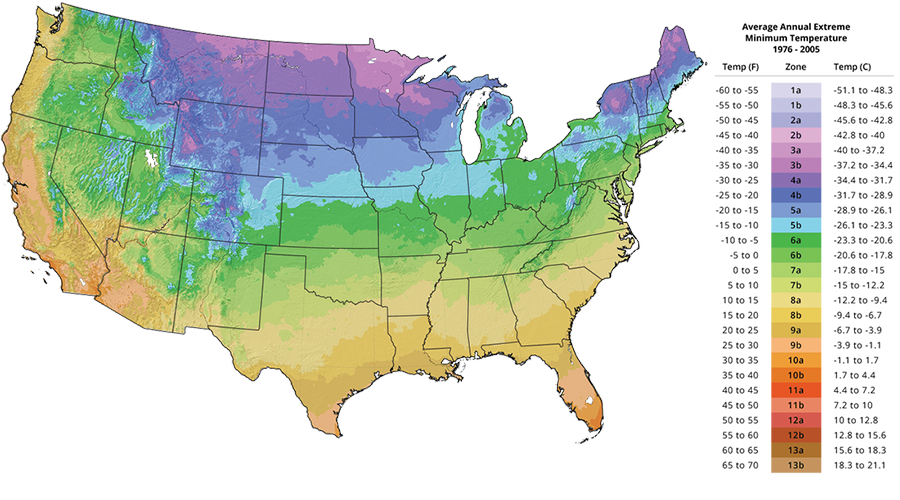
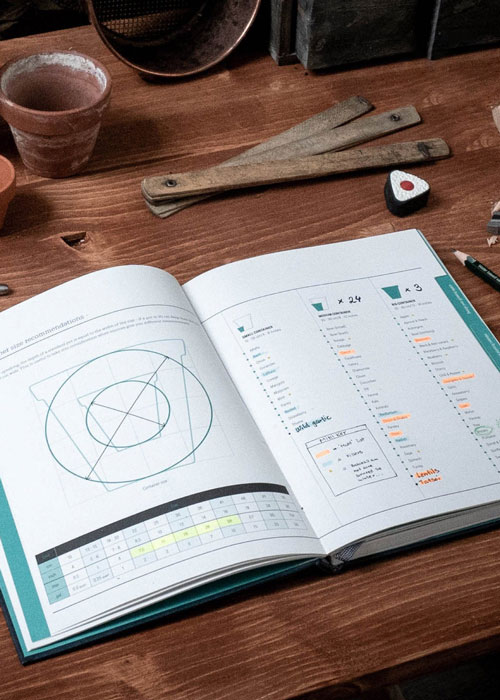
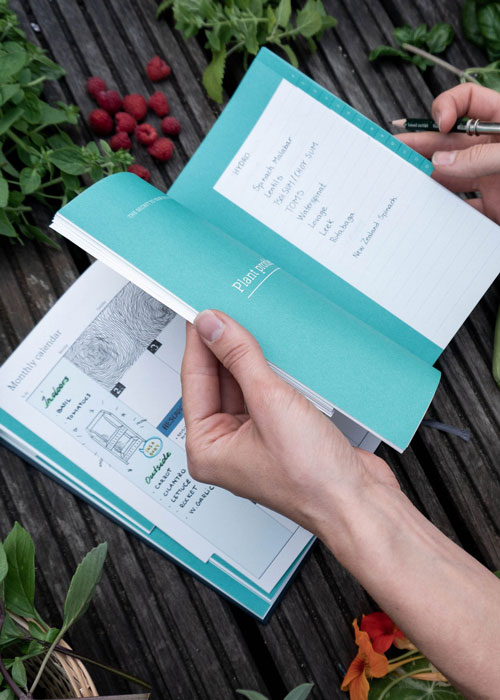
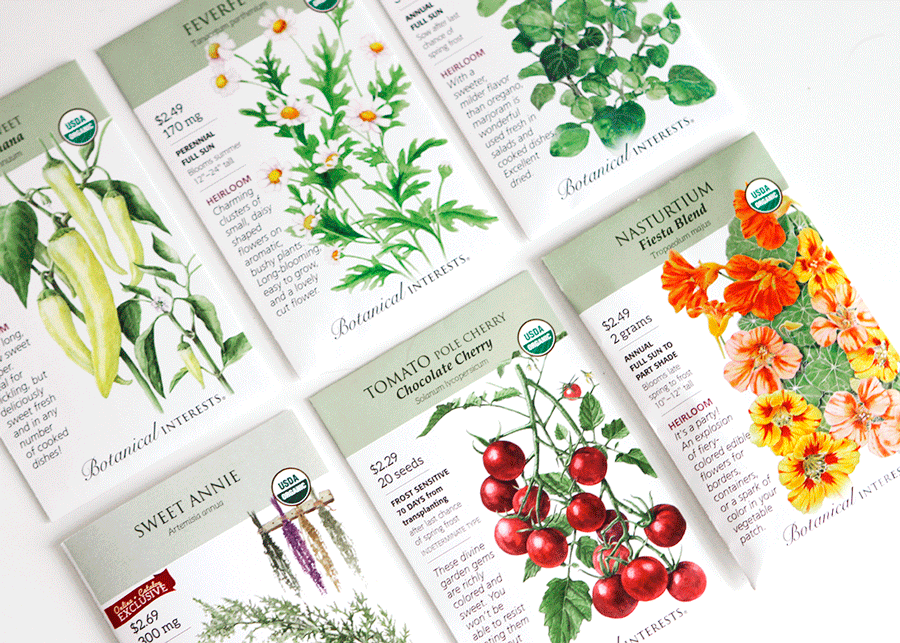



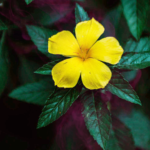

0 Comments